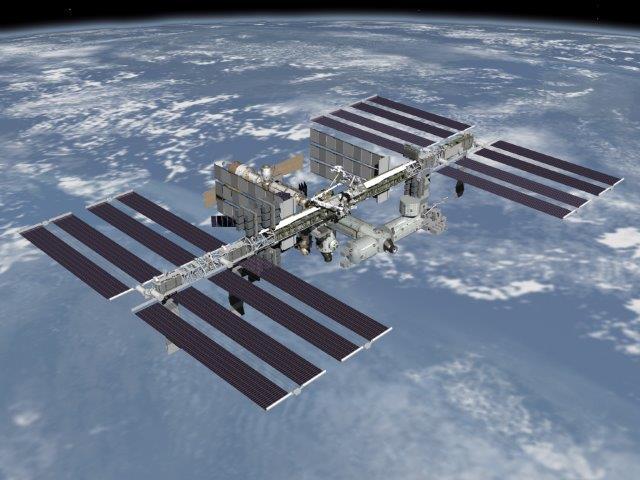FOR IMMEDIATE RELEASE
ACS News Service Weekly PressPac: June 03, 2015
Keeping astronauts in space longer with better air and water
"Electrothermal Vaporization Sample Introduction for Spaceflight Water Quality Monitoring via Gas Chromatography-Differential Mobility Spectrometry"
Analytical Chemistry
As astronauts embark on increasingly ambitious space missions, scientists have to figure out how to keep them healthy for longer periods far from Earth. That entails assuring the air they breathe and the water they drink are safe — not an easy task given their isolated locations. But scientists are now reporting in the ACS journal Analytical Chemistry a new method to monitor the quality of both in real time with one system.
Current options for testing air and water for contaminants, including microbes and radiation, require collecting samples and sending them back to Earth for analysis. But for long missions — aboard the International Space Station (ISS), for example — this approach could take six months before the astronauts have their results. The ISS is also equipped with some real-time hardware for detecting unwanted substances, but it has limitations. Facundo M. Fernández, William T. Wallace and colleagues wanted to come up with a system to conduct real-time, sensitive monitoring.
The researchers outfitted a kind of air quality monitor (AQM) already used aboard space missions with a device that can vaporize water samples, turning its contents and any contaminants, into a gas. The gas can then enter the AQM for analysis. Astronauts could also use the same equipment, with a modification, for testing the air. The team says the system could be used in space or for remote locations right here on Earth.
The authors acknowledge funding from the National Aeronautics and Space Administration and the Arkansas Space Grant Consortium.


